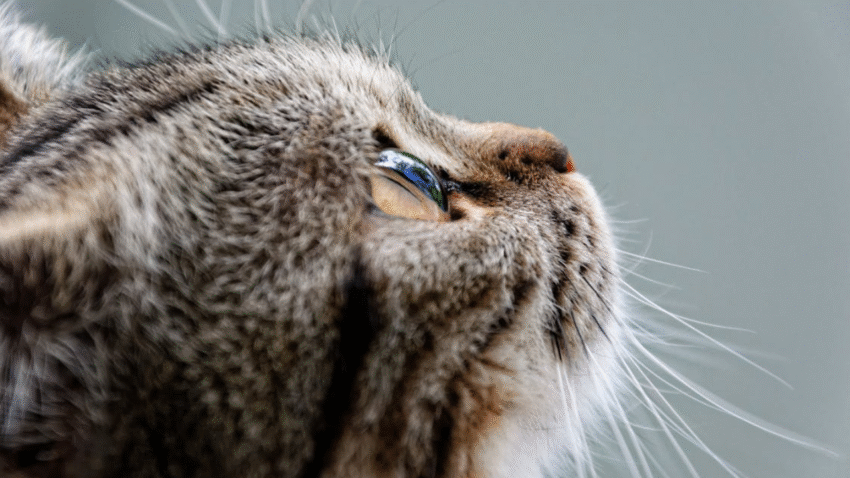Introduction
Not sure how much food your cat really needs? You’re not alone. Many cat owners either overfeed or underfeed without realizing the impact it has on their cat’s health. In this guide, you’ll learn how to portion cat food based on your cat’s weight and activity level. Whether your cat is a laid-back lap companion or an energetic explorer, we’ll help you create a meal plan that supports a healthy lifestyle.
Why Proper Food Portions Matter for Cats
Feeding your cat the right amount of food is essential for maintaining a healthy weight, boosting energy, and preventing diseases such as diabetes or joint issues. Both underfeeding and overfeeding can lead to serious health problems. Active cats burn more calories and need more nutrients, while sedentary or indoor cats require careful calorie control. Understanding how to tailor food portions helps you support your cat’s well-being at every life stage.
Step-by-Step Guide to Portioning Cat Food Correctly
1. Know Your Cat’s Ideal Weight
- A healthy adult cat typically weighs between 8 to 10 pounds, but this varies by breed.
- Consult your vet or use a body condition score chart to estimate whether your cat is underweight, ideal, or overweight.
2. Understand Your Cat’s Activity Level
- Low Activity (Indoor/Sedentary): Less than 30 minutes of movement per day.
- Moderate Activity: Regular play sessions or roaming the house.
- High Activity (Outdoor/Playful Cats): Several hours of exercise daily.
3. Calculate Daily Caloric Needs
Here’s a simple estimate:
- Resting Energy Requirement (RER) = 70 × (your cat’s weight in kg)^0.75
For example, a 4.5 kg (10 lb) cat:
70 × (4.5)^0.75 = ~218 calories/day
Then adjust based on activity level:
- Sedentary: RER × 1.0
- Moderate: RER × 1.2
- Active: RER × 1.4
So, an active 10 lb cat would need around 305 calories per day.
4. Check the Food Label for Caloric Density
- Look for calories per cup (dry) or per can (wet).
- Divide your cat’s daily calorie needs by the food’s caloric density to calculate the exact portion.
Example:
If your cat needs 250 calories and the food has 100 calories per ¼ cup, your cat needs about ⅝ cup per day.
5. Split Into Multiple Meals
- Divide the total portion into 2–3 meals throughout the day to support digestion and reduce begging behavior.
- Use a consistent feeding schedule—cats thrive on routine.
6. Adjust Portions Over Time
- Monitor your cat’s weight monthly using a pet scale or at the vet’s office.
- Adjust portions up or down if you notice weight gain or loss.
- Senior, neutered, or less active cats usually need fewer calories than kittens or intact, energetic cats.
Common Mistakes to Avoid
- Guessing Portions: Eyeballing amounts can easily lead to overfeeding.
- Not Adjusting for Treats: Treats should not exceed 10% of daily calories.
- Ignoring Weight Changes: Even small weight shifts can signal a need to reassess feeding.
- Feeding Based on Package Guidelines Alone: These are averages and may not match your cat’s unique needs.
- Overfeeding Multiple Cats Together: Individual feeding is crucial for accurate portion control.
Extra Tips & Recommendations
- Use a Digital Kitchen Scale: For precise dry food measurements.
- Try Automatic Feeders: Great for portion control and meal timing.
- Mix Wet and Dry Food: Wet food helps with hydration and satiety while still allowing calorie control.
- Keep a Feeding Journal: Record meals, treats, and weight to track progress over time.
Conclusion
Portioning your cat’s food based on weight and activity level is one of the best ways to support their long-term health. With a little calculation and consistent monitoring, you can tailor their meals to meet their exact needs. Healthy cats are happy cats—so start measuring with purpose today!
🐾 Want more cat nutrition tips? Save this guide and explore our other feline care articles!
